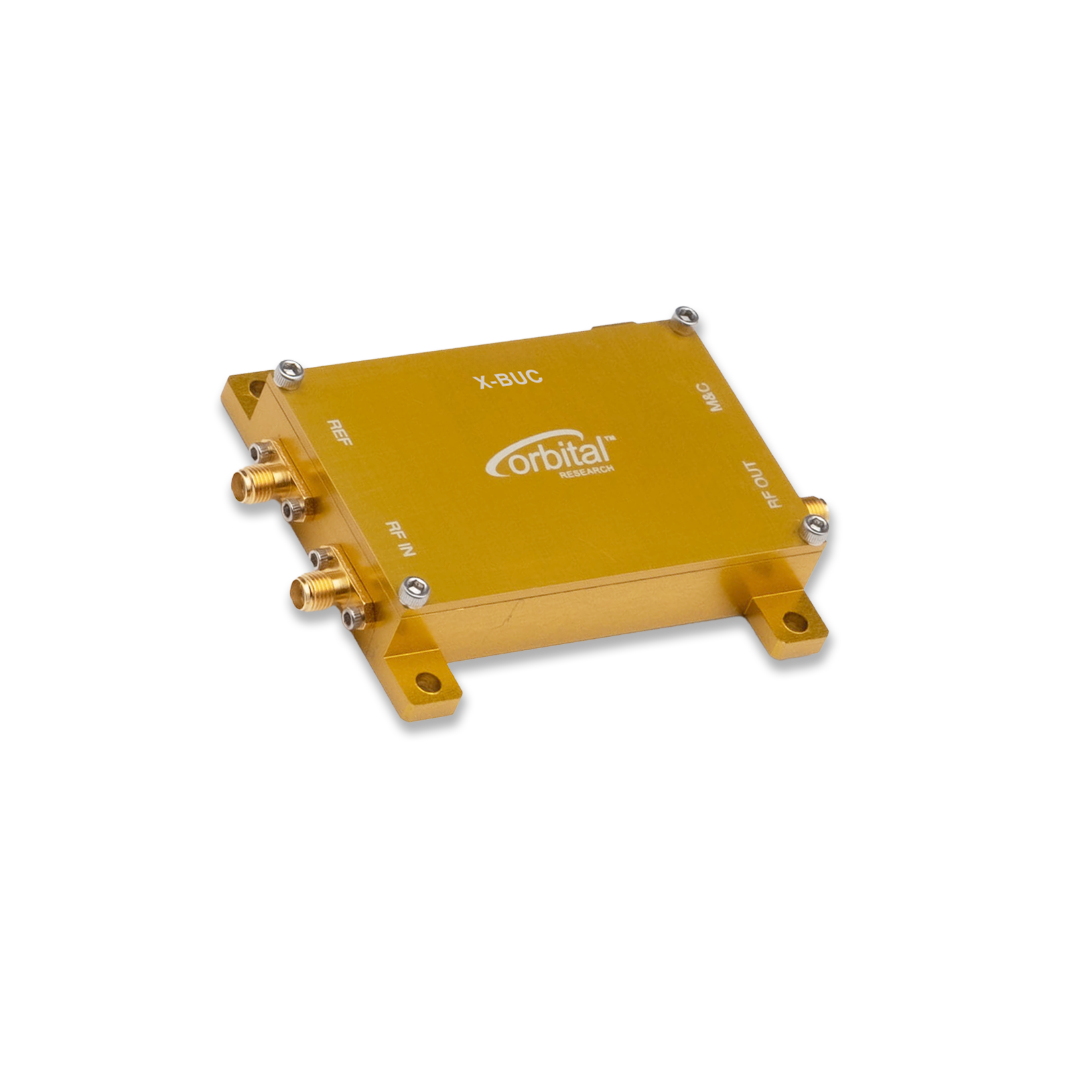
World-class satellite frequency converters
Frequency converters – LNBs, BDCs, LNAs and more – for the most challenging conditions on Earth and in space.
-
Who we are
Orbital Research manufactures high-performance frequency converters and RF components for the satellite communications (SATCOM) industry. Our products – low noise block downconverters (LNBs), block downconverters (BDCs), low noise amplifiers (LNAs), space-based frequency converters, bias tees and more – offer the highest quality and reliability for any application, from military and aeronautical to earth observation and beyond.
-

Engineered for top performance in the demanding Q-band spectrum, our LNA delivers exceptional reliability.
“We’ve already seen a lot of interest in this LNA,” says Orbital CEO Ian McEachern. “We’re excited about the opportunities for innovation that lie ahead.”
Read the blog
Explore our satellite frequency converters and RF components
-

LNBs
READ MOREDiscover expertly engineered LNBs with very low phase noise, excellent stability and long-term reliability for C, X, Ku, Ka and Q-band applications.
-

BDCs
READ MOREUsed by many of the world’s best systems integrators, our BDCs come in a wide range of bandwidths, frequencies and connector configurations.
-

LNAs
READ MOREIn addition to building top-quality LNAs, we customize third-party GaAs FET LNAs to work perfectly with our BDCs and meet any signal amplification need.
-

Space-Based Frequency Converters
READ MOREIntroducing our space-based frequency converters – including a 26 GHz K-band receiver for CubeSats and SmallSats. Custom units are also available.
-

Bias Tees, Oscillators & Power Supplies
READ MOREBrowse system interface products – including bias tees, our bestselling “mux tee” (a bias tee + 10 MHz multiplexer), oscillators and power supplies.
Trusted by customers around the world
David Bearing
Principal and Owner, Intelligent Designs LLC

Robert Jacobson
CEO, Lite Coms LLC

Joe Upatham
Director of Engineering, L3 Harris
David Presmanes
PMP, Production & Supply Chain Manager, Acorde

Why Orbital?
-

Based in Canada, serving the world. Orbital has earned a reputation for rugged, high-performance products that can be relied on in the most adverse conditions – on earth and in space.
-
- AS9100D Certification – meeting the highest standards in Aerospace Quality Management Systems (AQMS).
- Uplinks, downlinks, and systems built for performance, resilience, and efficiency.
- Custom and off-the shelf products designed for a wide variety of use cases and budgets.
- Deep industry expertise, providing technology used for SATCOM- on-the-move, aerospace & marine, earth observation, signals intelligence, news gathering, scientific research, and mission-critical operations.
- Wide frequency band coverage. Our systems operate across L, S, C, X, Ku, Ka, Q, and V frequency bands, offering flexibility and adaptability for diverse applications.
- Professional engineering, hand-tuning and individual product testing to guarantee high performance.







